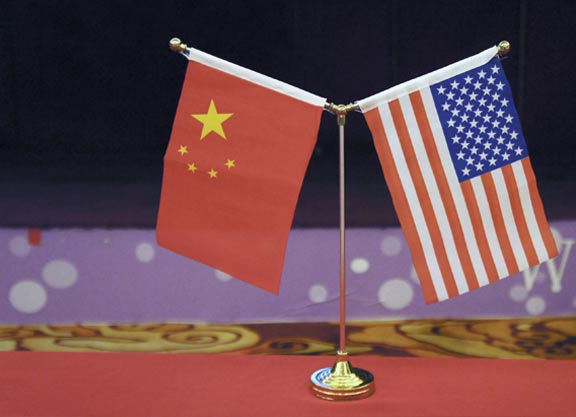In the past decade, Chinese citizens have been vocal in calling for educational reform, and the Chinese government is finally paying attention. Changes are being piloted to the grueling college entrance exam, (residency) rules are being relaxed in some areas, and China is working to become a leading regional provider of higher education. While these efforts show a shift in attitude towards education in China , they are only tentative solutions to deep-seated systemic problems in the Chinese educational system. Below, we address the new gaokao policies and their limitations.
The current college entrance exam (the gaokao) tests senior students on six subjects in two days, including Chinese, math and English as well as three more subjects in either liberal arts or science. Prior to the exam, senior students split themselves into a science or arts track depending on their skill in each. Students start studying for the exam in 10th grade and spend 12-14 hours a day preparing for it. It is the single criteria for university admissions and wields enormous power of a young person’s future. Due to the lack of quality higher education and the extremely competitive job market, students who do not get into a Top 10 university in China are faced with bleak job prospects.
The new test which is being piloted in Shanghai and Zhejiang province only requires tests in math and Chinese, and allows students to choose four other subjects to test in. These could include politics, history, geography, physics, chemistry or life sciences. Rather than two days of four-hour exams, students can take these exams one at a time throughout their junior and senior years of high school. The government is hoping this will encourage students to become more well-rounded. This is on par with the government’s initiative to add qualitative criteria to university admissions and eventually produce more innovative professionals for the new economy.
Central Beijing is eliminating the gaokao altogether. Starting this year, students in the Dongcheng province will be able to choose art, science or athletic elective courses that they will take one day a week. The scores from their chosen courses will be part of a comprehensive application process that will replace the exam. If this takes off it will bode well for the sons and daughters of the wealthy elite who would be able to return from high school abroad to attend college in China.
Residency requirements are also relaxing slightly. This is important because residency (or hukou) is required for children to be eligible for free public education and to sit for the gaokao. Although migrant workers can now earn residency in some areas, the best cities and regions have yet to adopt these changes. Universities reserve more slots for more desirable areas such as Beijing and Shanghai. Even with relaxed hukou rules, migrant workers will still face stiff barriers to entry into China’s best universities.
The government is starting the push for reform, but challenges still remain. The Chinese educational system is also structured around testing, which will become more difficult to maintain as the system becomes more flexible towards student interests. Additionally, many parents fear that introducing qualitative criteria as part of the college application process will encourage corrupt school officials to demand bribes for false awards and positive recommendations. Many believe that until the hukou system is completely overhauled, privileged students will continue to benefit the most from the proposed reforms. In the meantime, just as they have for many years, Chinese parents will continue seeking out alternatives to the state system while the government works towards building a sustainable education system.



